In a glass-walled meeting room at BT Group’s new head office housed within 17-story Three Snowhill in Birmingham, Nigel Allsop is telling Fleet News how his experience across more than two decades at the communications giant gives him vital insight into the fleet requirements of both drivers and business operations.
Allsop is another recent example of someone with no direct fleet management experience being handed control of a major fleet.
Previous evidence suggests this can go one of two ways: an influx of new ideas wrapped around high-level leadership skills. Or a calamitous shake-up of established practices resulting in a confused strategy and a hasty exit.
This definitely feels like the former.
Appointed fleet account director of the UK’s second largest fleet in October 2023 - although he didn’t fully take up the reins until December - Allsop has woven his career across 19 positions during 26 years at BT and wholly owned subsidiary Openreach, from early days of scaling poles as a telecoms engineer to the more recent programme director for network delivery.
Transformation has been a recurring theme in the later roles.
“I’ve done almost every job, except finance,” he said. “I know what it’s like to be a customer when we were rolling out fibre and I understand the importance of downtime. It put me in a strong position to know what was needed from a customer point of view.”
Priority number one was to oversee a fleet transition as BT started the lengthy and complex process of moving its outsourced fleet management and SMR business from Rivus to Holman. Involving 33,000 assets, it was the biggest ever contract transfer in fleet history.
The situation was made all the more delicate by the fact that Rivus was formed from the acquisition of BT Fleet Solutions by venture capitalist Aurelius in 2019. Many of the teams working on the account were previously BT employees.
“I’ve worked with lots of consultants and done lots of transformations and I always wanted to put my money where my mouth is: I wanted to do the transition and then run it because that gives a lot of credibility,” Allsop said.

So, as someone with no inherent fleet management knowledge, what was his big sell during the interview process?
“I said it was an advantage. It was a genuine advantage for me to come in knowing what the product needed to do for the business rather than coming from the fleet side,” Allsop replied.
“I think that's a strong proposition: you've got to know what your customer needs to be successful. There's no point in me delivering X when the customer wants Y.”
He added: “I’ve had a long and varied career. I understand the strategy for fibre roll out, 5G, the importance of ethernet – you know it’s life and death if a hospital goes down and it’s on ethernet. You've got a four-hour response time to get to it and start fixing it.
“When you come at it from a service perspective with a customer eye and you’ve also got people within that environment from fleet, you get the best of both worlds.”
An added advantage was his relationships with senior leaders across BT and Openreach, which operates as a separate legal entity with its own strategy and management team. Those connections helped to secure engagement and credibility with key internal stakeholders.
The BT/Openreach fleet structure
Allsop and his team of 30 are responsible for 33,000 commercial vehicles, 700 trucks and 5,000 company cars, as well as fleet compliance and ownership of the budget.
He works collaboratively with Openreach and its operational and innovations director Judy O’Keefe who manages the external-facing operations side with her team of 18. They place the orders and run the vehicles to deliver the service.
“It clearly requires close collaboration,” Allsop said. “We work with them to make sure what we order is fit for purpose and in line with the business strategy and the fleet strategy. And we know that their problems are my problems.”
Handed a completion date for the Holman transition of September 2024, Allsop had just nine months to devise, implement and execute the strategy.
He started by hosting ‘bunker’ days, meetings with Holman, Rivus, Openreach and the BT teams, from which workstreams were created; for example, data integrity, architecture and impact assessments.
Those were fed into the overall programme with progress measured daily to ensure they were on track. Some things went well, others diverted off course and solutions had to be found.
“You've just got to work through them as a team,” Allsop said. “But that's where people are at their best: all pulling in the same direction to overcome a problem.”
A lot of the groundwork focused on drivers and how the changes would affect them. They had the same van doing the same job, but their contact number changed, and the garage they used is different.
BT worked with a group of engineers to design its own driver app to simplify the garage booking process, with video and podcast explanations about how to use it.
Drivers can book services and MOT appointments at their nearest garage, as well as carry out pre-use inspections.
Every garage was vetted to ensure they were fit for purpose, including their capacity to cope with the influx of BT and Openreach vehicles.
“We did an eight-week soft launch, in the region of about 400 engineers around the country, with different vans, different makeups and different regions,” Allsop said.
“We looked at what works, what doesn't, what do we need to change. And that taught us more about what we needed to do than anything else.”
Transparent service level agreements
Allsop set out service level agreements during the transition which are discussed during monthly operating sessions. Transparency is crucial, he believes.
“Having an open, constructive dialogue and being honest with each other means that you can challenge each other in an appropriate way and get the best out of each other,” he said.
Openreach aims to deliver full fibre to as many as 30 million premises by the end of the decade, and as the fibre roll out heads into its final phase, the demands on the fleet will likely change, ultimately resulting in a different type of vehicle, typically smaller vans.
It will also need to remove and recycle a lot of ageing copper used for legacy phone and broadband, which may require more trucks in the short-term.
“We’re looking at what the engineer of the future drives and how they operate,” Allsop said. “It's trying to make sure that the van of tomorrow is fully equipped for us, so we can do the role that we’re employed for today.”
He has already started the process, working with the engineering teams and converters on racking and kit to lighten the vans, as well as standardising some of the specifications.

Changes can be washed through the fleet at pace with BT undergoing a substantial renewal, as well as a reduction in numbers.
Already this year, 7,500 vehicles have gone through auction with BT putting in an order for around 6,000 replacements, including 3,500 full electric vans. The rest will be diesel, among the last internal combustion engine vans to be ordered by the company.
Another 5,000 will be de-fleeted next year, followed by 4,000 in 2027.
Some will not be replaced; the Openreach fleet is expected to shrink by almost 10,000 by 2030 due to the shift in its workload to fibre maintenance.
The fleet is leased with maintenance via a panel of funders to secure the best price. BT works directly with manufacturers on large orders to get maximum value for money and timed its replacement cycle to boost its buying power for electric vans.
The electric vans operate on a seven-year lifecycle measured on whole life costs and downtime management, while the latest diesel vans are on five years to bring their replacement in line with BT’s target to be net zero for its own operations by the end of March 2031.
Five pillars underpinning the fleet strategy
For Allsop, transformation isn’t simply about moving the fleet to a new partner; it runs through his entire fleet strategy which covers five pillars: efficiency, safety and compliance, connectivity, sustainability and being innovative. They are the litmus test applied to everything the fleet does.
“All of the fleet is up for transformation,” he said. “We've changed the way we’re selecting home chargers. We’ve changed our business-need car company scheme. We’ve simplified our supply chain. We’re applying transformation to all parts.”
The company car scheme is now electric-only with a choice of models from just two brands. They tick the sustainability box, as well as offering drivers BIK benefits and the company whole life cost savings.
Why two brand choices? “We wanted the best models we could get, with all the bells and whistles, at the best price. People can still trade up or down, but the cars on the list have good range with all the kit,” Allsop said.
BT is also rolling out telematics with dashcams for the first time which – of course – have been benchmarked against Allsop’s pillars.
“Will it be sustainable? Yes, because we'll be driving better. Will it be safe? Yes, because dashcams make people drive safer and also it exonerates them in certain situations.
"Will it be efficient? Yes, it will. And, is it innovative? Yes, it is. It’s an absolute no brainer to try to bring more data into our hands at the same time.”
Union support was secured by open and transparent discussions coupled with a willingness to compromise. Allsop worked with them over a nine-month period, demonstrating the processes and how BT would use the data.
“It comes back to genuinely what are the reasons you put in telematics into your vehicle? Why are you installing dash cams? And the principle is to make people safer and feel safer. And then there are loads of other benefits on the top in terms of making it pay,” he said.
The first vans will be fitted over the next month or two as a proof of concept before a full roll out over 12-18 months which will also include the business-needs company car fleet.
Allsop added: “I’ve spoken to a lot of big fleets and interpreting the data and getting an outcome is the hard part, so you've got to look at this from the person perspective, not the technical perspective.
“How’s this person going to react differently? What’s the simple message? What are we asking them to do? It’s those things that make the difference.”
Integrating telematics onto the fleet is one of Allsop’s priorities, alongside the continued electrification of the fleet. He believes the transformation process should be completed within two-to-three years after which it will be a case of “sitting back, taking stock”.
He added: “Slightly tweak and modify, learn from any mistakes and move on. But it won't be wholesale transformation after that point.”

Succession planning
Allsop isn’t a man to stay too long in any one place, as his record of 19 jobs in 26 years attests. So how long might he continue leading the BT fleet?
“This role has probably got another year and a half for me,” he said. “But we can change the landscape to make BT different and better, thanks to a lot of support from a lot of people. That’s quite empowering. And there aren’t many jobs where you can say you’ve done that.”
Succession planning is already in his sights.
“You can’t walk away from a job half staffed; succession planning is key and something I’ve always done,” Allsop said.
“I've got a really simple way of doing this: you promote people quickly. And then people who are good want to work for you.”
He added: “I don’t think I’ve done so much transformation in a year in my entire career as here, but it’s been the most fun experience.”

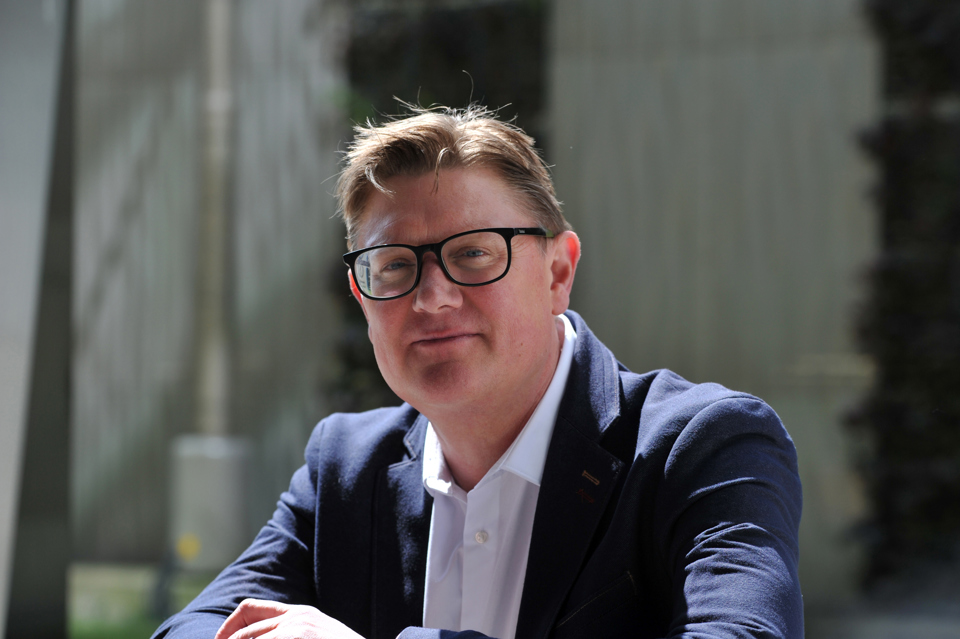




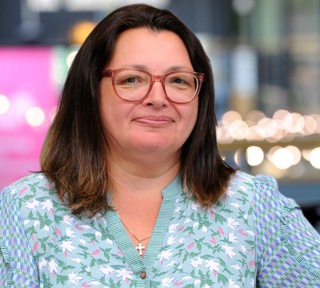
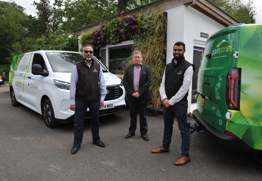
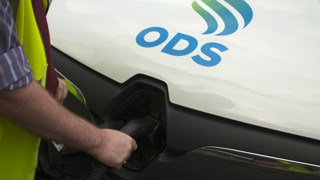
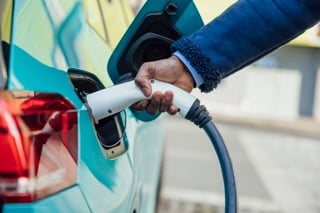
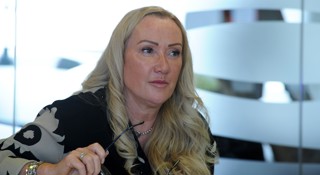
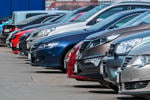



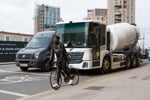
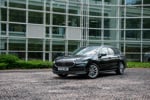
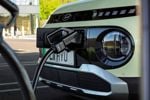



Login to comment
Comments
No comments have been made yet.